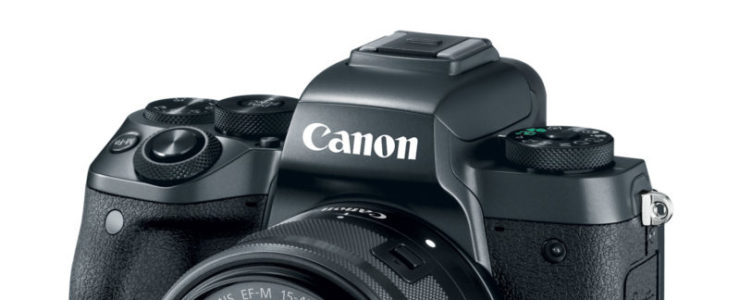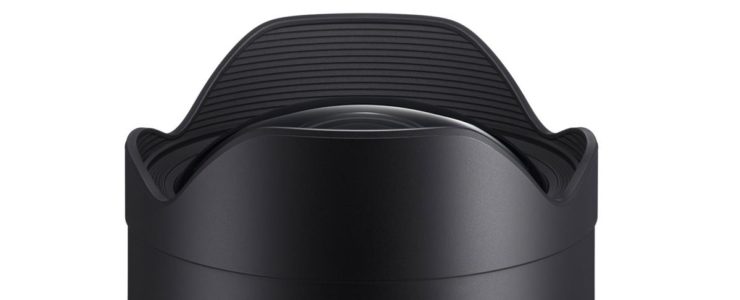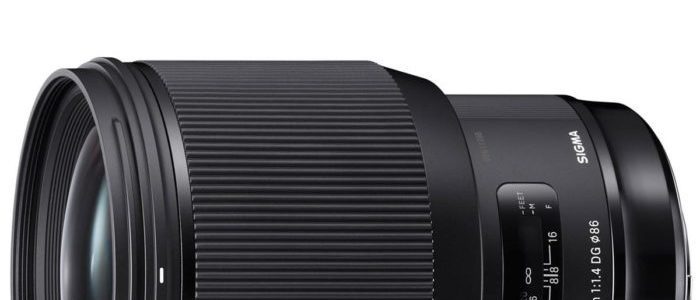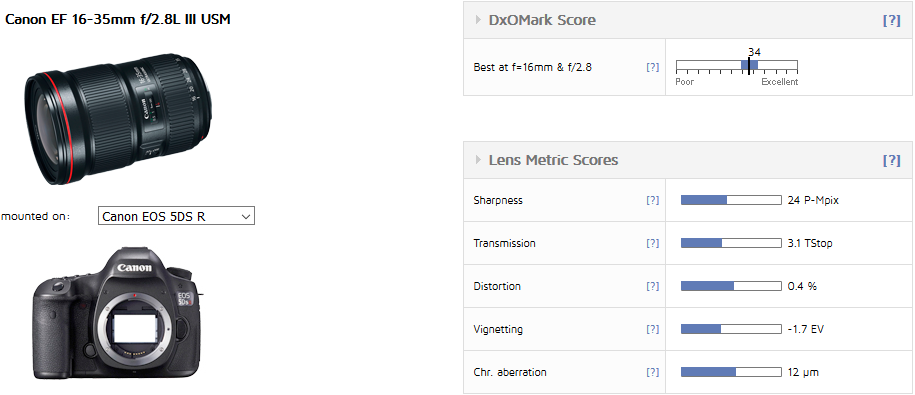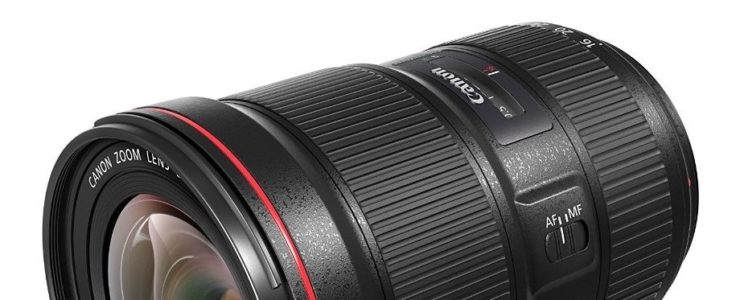Canon EOS M5 review (Photography Blog)
Canon EOS M5: B&H Photo, Adorama, Amazon USA, Amazon Canada, Canon Canada, Canon USA
At a glance:
- 24.2MP APS-C CMOS Sensor
- DIGIC 7 Image Processor
- 2.36m-Dot EVF, Touch and Drag AF Control
- 3.2″ 1.62m-Dot Tilting Touchscreen LCD
- Full HD 1080p Video Recording at 60 fps
- Built-In Wi-Fi with NFC, Bluetooth Smart
- Dual Pixel CMOS AF
- Up to 9 fps Shooting and ISO 25600
- Digital IS 5-Axis Image Stabilization
Photography Blog posted their full Canon EOS M5 review.
From the conclusion:
Images directly from the EOS M5 are great, and it’s certainly on a par with other compact system cameras in those terms. However, while Canon has made excellent progress with its AF system for this camera, it can still be bested by others out there – the impact of which will vary greatly depending on the type of images you like to take […]
There’s a lot to like about the style and setup of the Canon EOS M5. Lots of dials and buttons make it easy to make changes, while the touch sensitive screen is responsive and useful in a variety of different scenarios. The viewfinder is great, if a little oversaturated, and the fact that you can continue to use the touchscreen to set autofocus point while you’re using it makes a lot of sense.
I can’t really agree with their opinion about the EOS M5’s auto-focus system. I tested the EOS M5 only for a few hours but I found AF to be snappy and on spot, even when using EF lenses through the adapter.
[via Photography Blog]
